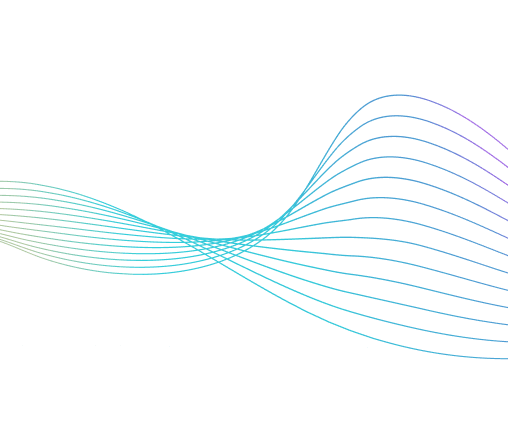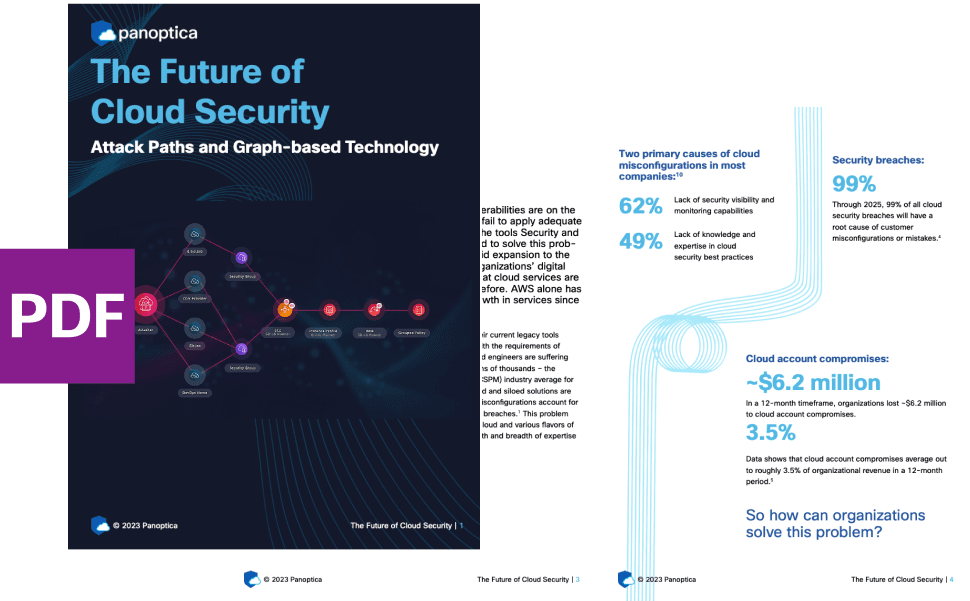Published on 00/00/0000
Last updated on 00/00/0000
Published on 00/00/0000
Last updated on 00/00/0000
Share
Share
QUANTUM
7 min read

Share
Quantum computing and communication have been a topic of high global interest in recent times. Although a vast effort exists to develop hardware and applications, more work is needed before a widescale industry adoption. For quantum communication, in particular, technologies that do not yet exist will be needed before reliable quantum communication can happen. For example, when it comes to optical communication, there is a significant difference between how classical and quantum communication is achieved. Classical communication generally relies on strong light pulses sent over fiber optical cables. Between source and destination, repeater stations to amplify the signal are placed. In quantum, we can neither use strong light sources nor repeaters in the traditional sense. The question then arises, what technology and protocols do we need to enable reliable, long-distance quantum communication?
Quantum communication is the act of transmitting quantum information between two or more locations. How quantum communication is achieved can be done in two ways. The first is that a quantum state can be sent directly over a quantum channel (e.g., fiber optical cable, free space, etc.). The problem with this is that important quantum information embedded in the quantum state may be lost in transmission. On the positive side, if the information is cheap to generate and loss does not significantly impact the application performance, direct transmission is easier to achieve than the second approach, quantum teleportation.
Quantum teleportation relies on end-to-end entanglement being generated. Once the entanglement is generated, a particular set of operations is performed such that the entanglement is consumed and a quantum state from one end is “transmitted” to the other end. The challenge here is generated end-to-end entanglement. Entanglement resources are directly transmitted between network nodes, but to generate long distant entanglement between nodes not directly connected is challenging. Generally, quantum memory technology is needed to store quantum resources while the other nodes perform a synchronized protocol to extend the range of the entanglement, known as entanglement swapping.
Once quantum communication is possible, we can think of large-scale quantum networks, such as a quantum Internet, that connect various quantum-enabled devices such as quantum computers, sensors, clocks, transceivers, or other devices. Quantum networks are also not limited to ground communication. Quantum networks can extend to ground-to-satellite communication, and even proposals for ground-to-drone communication have been proposed. Getting to that scale, though, will require significant work in hardware development, theory, and software. Further, it is not exactly clear what the “killer application” for quantum networks is yet, but it is well believed that the future is quantum. There has been a big push to develop quantum networks in both industry and academia.
To reach the point of wide-scale adoption, various pieces of the network need to be reinvented. These pieces are the applications and use cases, various quantum-capable hardware components, and also the network control software to run the network. To obtain those pieces, substantial efforts are needed in research to find out what the applications are and what components are required, in engineering to develop the components and software, and in the community to disseminate the latest developments through research papers, open-source software, and conference presentations. The tools we use to develop research and engineering directions at this stage of quantum networks are primarily mathematical modeling, simulation, and lab prototypes at a small scale. Because developing hardware, even at a small scale, is out of reach for many, simulation of hardware devices will be an essential tool for quantum network development.
Quantum network simulation usually follows a particular set of steps when developing a new network simulation. The developer defines their use case, selects a simulation engine, writes simulation code, and then runs the simulations to collect data. In general, this process is challenging, and what we found to be lacking is that 1) A graphical interface is usually not part of the simulation development, 2) The developer needs a strong software development background, 3) Strong computing resources are needed and 4) The developer needs to have a deep understanding of quantum networks before they can get started. We at Cisco have recognized this pattern and set of challenges and have begun working on a software tool to both simplify simulation development and remove the key barriers to simulation development.
Make programming quantum networks easy for everyone.
At Cisco, we have begun our development of the QNetLab platform that looks to make programming quantum networks easy for everyone. There are two parts to what QNetLab aims to achieve. The first part of QNetLab is the development of a centralized community-driven platform that enables sharing simulations, uploading tutorials, and a general place to go for a one-stop shop for learning quantum networks and getting started. The second pillar of QNetLab is the development tool called the Quantum Network Development Kit (QNDK). The QNDK is an interface for quantum network simulation. It aims to bring the barrier of entry into quantum network programming down significantly, with aims to promote newcomers to the field in hopes of increasing access to developing impactful research.
The QNDK simplifies the process of creating a network simulation for many reasons. First, it provides a graphical interface to develop the network topology and set all network parameters. Generally, with popular simulation engines, this is done with code. Particular hardware components from various vendors can be pre-programmed and shared for easy configuration. Second, it comes with many quantum network protocols already developed. A user can test known protocols over their particular network topology without having to write any code at all. The code is also provided in a text editor and can be modified as a development starting point, rather than having to develop the code from scratch, further accelerating development.
Next, simulations are developed in the browser. They are executed on cloud infrastructure, so individuals will not need to install complex libraries or require high-performance computing hardware. Finally, the platform can support any simulation engine and acts primarily as an interface. That means the platform can run simulations on, for example, QuNetSim or NetSquid, or any other platform we can support. Access to features from all simulation engines in one place can accelerate development and unify the quantum network simulation community.
In the video below, we demonstrate a quick example of running a simulation of BB84 QKD to generate key material followed by an error correction step via the Cascade protocol. In about 2 minutes, the simulation is configured and deployed.
The QNetLab platform has a centralized page to learn more about the project and how the quantum networking community can contribute to the project.

Once simulations are developed, they can be published as a tutorial to the QNetLab community so that the results can be easily reproduced and expanded on. A key part of QNetLab is community development and management. We aim to host and moderate a forum where community members can ask questions, share their code, and collaboratively build on each other’s efforts.
With QNetLab, we aim to achieve what has already been achieved in quantum computing: strong communities and a unified software ecosystem. The efforts surrounding quantum computing software and simulation have allowed many researchers access to technology and software they would never have had access to without these strong efforts. It has allowed an abundance of research to succeed, and the effects of these efforts are invaluable for how quantum computing has been developing. On the other hand, the quantum networking community is still primarily divided, and introducing a single platform for the community can lead to the same successes achieved in quantum computing. We therefore invite and welcome feedback and collaboration in our effort and open the door for demo presentations and feedback sessions.
Please reach out to: quantumlab@cisco.com for any further information or collaboration opportunities.
See our QNetLab Homepage for further details.


Get emerging insights on emerging technology straight to your inbox.
Outshift is leading the way in building an open, interoperable, agent-first, quantum-safe infrastructure for the future of artificial intelligence.

* No email required

The Shift is Outshift’s exclusive newsletter.
Get the latest news and updates on generative AI, quantum computing, and other groundbreaking innovations shaping the future of technology.
